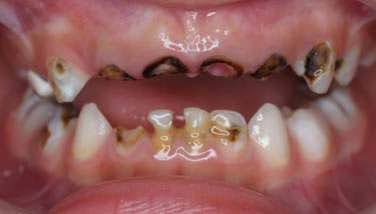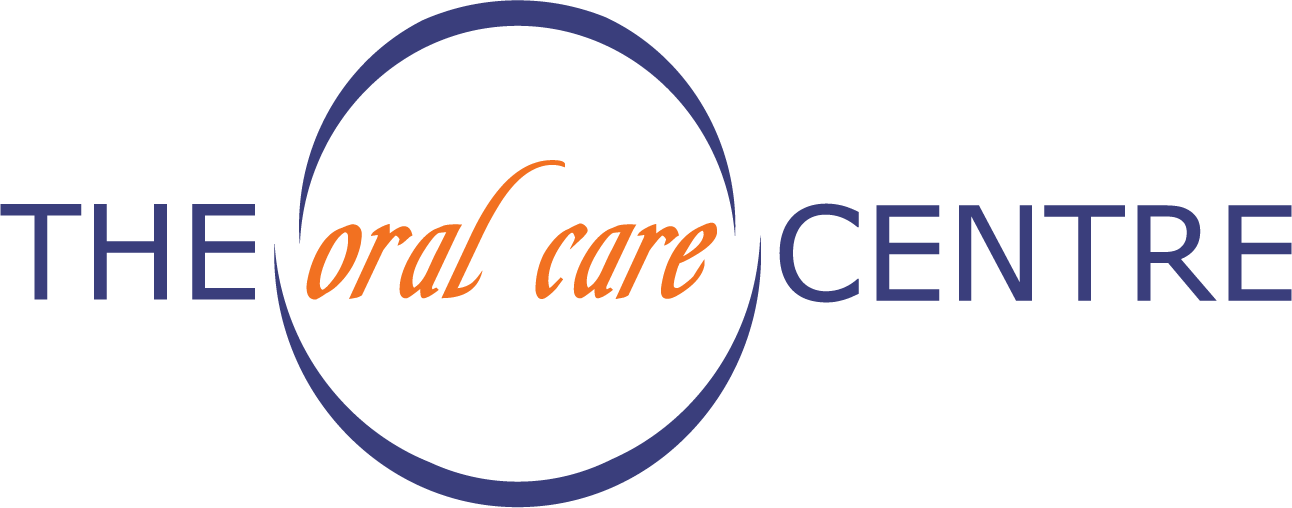Dental anaesthesia is an important aspect of pain management in dentistry, ensuring that patients experience minimal discomfort during various dental procedures. The pursuit of pain-free dentistry has led to the widespread adoption of dental anaesthesia in Singapore, where the focus is on patient comfort and anxiety reduction. There are several types of anaesthesia used in dentistry, from a local anaesthetic that numbs a specific area, to various sedation options that help relax the patient, making dental visits less daunting and more bearable. Learn more about dental anaesthesia in Singapore here.
Dental Procedures That May Need anaesthesia
Several dental treatments require anaesthesia to ensure that the patient remains comfortable and pain-free throughout the procedure. Some of these treatments include extractions, root canal therapy, and periodontal surgeries among others. The type of anaesthesia used typically depends on the complexity of the procedure and the patient’s pain tolerance and health profile. The dental surgery options available are vast, and the use of effective anaesthesia is critical to managing pain and anxiety during these procedures.
Types of Anaesthesia in Dentistry
In the medical field, there are two primary types of anaesthesia: local and general. Local anaesthesia numbs only the area involved, and the patient remains conscious throughout the procedure. General anaesthesia is more complicated – it’s only ever used in longer procedures or in instances when the patient’s anxiety levels are too high. In general anaesthesia, you remain unconscious throughout the procedure.
One other type of anaesthesia, often referred to as monitored anaesthesia, is sedation. While the term is highly related to sleeping, sedation in dentistry doesn’t automatically mean the patient is sleeping. In fact, you may remain conscious and still be able to respond to commands.
Suffice to say, dental anaesthesia in Singapore often uses:
Topical Anaesthesia, a type of local anaesthetic
Topical anaesthetics are applied directly to the surface of the gums or mucous membranes. They are commonly used before a needle is introduced for an injection to minimise the pinch felt by the patient. This approach supports pain-free dentistry by reducing discomfort right at the beginning of a dental procedure.
Topical anaesthesia is often used for procedures like dental impressions, superficial gum procedures, or prior to administering a local anaesthetic injection.
Local Anaesthetic Injection, another type of local anaesthetic
Local anaesthetic injections are one of the most common methods used to achieve dental surgery comfort. These injections block pain in a specific area of the mouth during dental treatments such as fillings, crowns, or root canals. By directly numbing the area around the tooth, local anaesthetics allow for comprehensive dental work without causing significant discomfort to the patient.
Intravenous (IV) Sedation
For more extensive dental procedures or for patients who experience high anxiety, IV sedation is an option that provides deeper relaxation without full unconsciousness. This form of sedation is administered intravenously and is closely monitored by dental or medical professionals (eg. anesthetist). It’s ideal for longer procedures as it can be adjusted in real-time to ensure optimal comfort throughout the surgery, contributing significantly to dental surgery comfort.
What About General Anaesthesia?
General anaesthesia is used to induce a state where the patient is completely unconscious and unaware of the procedure being performed. This is different from local anaesthesia, which numbs a specific area, and from IV sedation, which relaxes but does not render the patient fully unconscious. General anaesthesia is typically reserved for extensive surgical procedures and for patients who cannot be adequately managed with other forms of anaesthesia or sedation. Below are more information about general anaesthesia:
Who requires general anaesthesia?
- Very young patient that are at a pre-cooperative age
- Very apprehensive patient that cannot accept dental treatment even with inhalation or IV sedation
- Patient with complex medical/physical/mental condition that requires treatment in a controlled environment
- Extensive dental treatment involving multiple extractions or jaw surgery

- Patient who requires immediate, comprehensive oral care, i.e cellulitis (serious infection that limits mouth opening) or dental trauma
How long will the child be under general anaesthesia?
- The length of treatment will depend on the type and amount of dental treatment that is required by the patient, but generally treatment lasts about 1-2 hours, inclusive of the induction of anaesthesia.
What to take note before and after general anaesthesia?
- Patient has to be fit and healthy; a patient with medical conditions requires a medical report from the attending physician prior to the general anaesthesia.
- Patient has to fast for 6-8 hours prior to the general anaesthesia, which includes not ingesting plain water and milk.
- After the treatment, the patient might feel tired and drowsy; hence no other activity should be planned for the rest of the day and the patient needs to be escorted home by a responsible adult.
- The patient may not remember the procedure later (amnesic effect) due to the combination of anaesthetic agents used.
- The patient has to be accompanied by his or her parents or guardian.
Key Takeaways
Dental anaesthesia in Singapore has transformed the way dental care is delivered, emphasising pain-free dentistry. Whether through topical applications, injections, or more profound sedation methods, the goal remains the same: to provide a pain-free, comfortable, and safe dental experience for every patient. By understanding the different types of anaesthesia, patients can be more informed and feel more relaxed about their dental care procedures.
References:
https://www.texas-dental.com/blog/iv-sedation-vs-general-anaesthesia/
https://theoralcarecentre.com.sg/general-anaesthesia/
https://my.clevelandclinic.org/health/treatments/22275-sedation-dentistry
https://www.healthline.com/health/dental-and-oral-health/dental-anaesthesia#types

